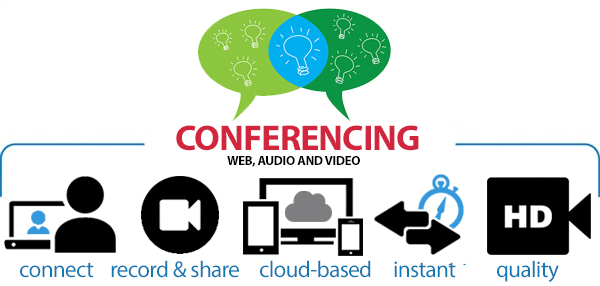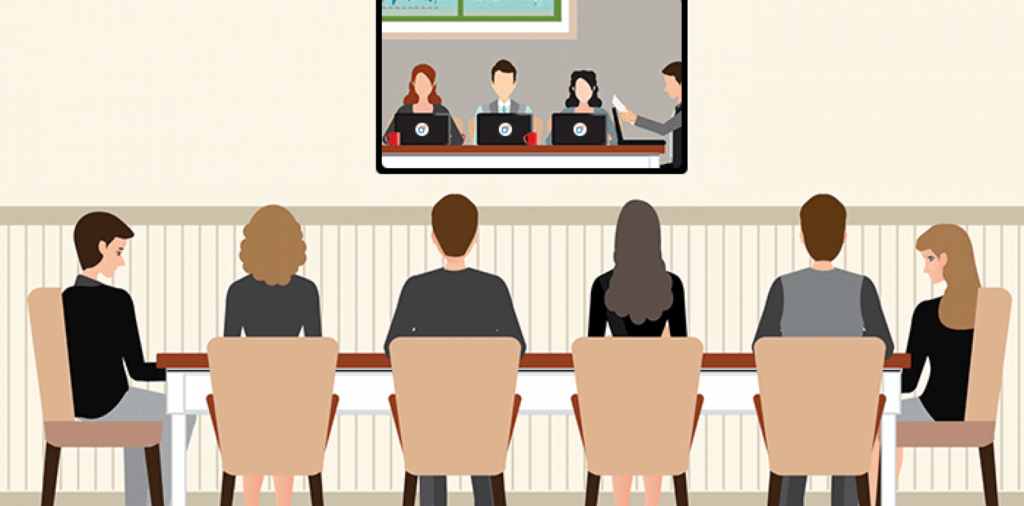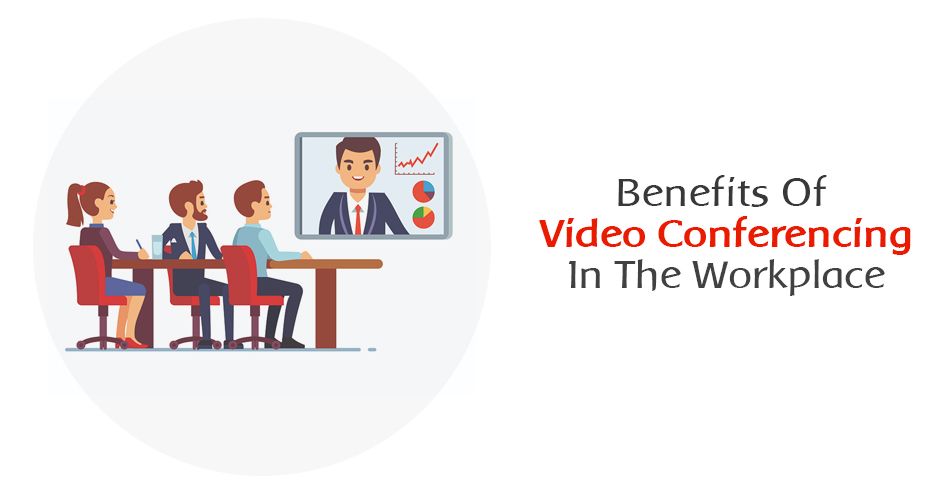Table of Contents
Web Conferencing:
Web Conferencing is a very general term for various kinds of technologies. Also that allows two or more people from different locations to hold a live conference over the internet. The term “Web conferencing” encompasses collaboration technologies. So that enables users to place calls via application over the internet, through software downloaded locally to a computer or device, or in an on-premises environment.
Web conference is a form of communication that enables real-time sharing of computer screens, and applications. Or web-based content among two or more devices. So Web conferencing is used as an umbrella term for various types of online conference. And collaborative services include webinars (Web seminars), webcasts, and web meetings. Sometimes it may be used also in the more narrow sense of the peer-level web meeting context. In an attempt to disambiguate it from the other types known as collaborative sessions.

Web Conferencing is any type of online meeting that involves two or more participants in different locations. These participants could be anywhere in the world. With a reliable internet connection and conferencing software, they can see, talk, and hear each other in real-time. As with a video conference, connecting to a web conference requires a webcam. A microphone, a monitor and a sound system, and a web browser. On a basic level, it also requires an internet connection and a codec for audio/video compression.
Why Use Web Conferencing?
A Web Conferencing solution provides many benefits over in-person virtual meetings or voice-only conferencing.
Remote Meetings:
Remote workers or offices are a reality for many organizations. So Web conferencing allows for face-to-face meetings with team members or clients from anywhere with an internet connection.
Balancing busy schedules:
Even when teams are in the same location. A video conferencing system makes it easier to get together on the fly.
Virtual Conference Room:
Robust web conference platforms allow for collaborative meetings online with screen sharing. Built-in whiteboards and the ability to share files.
Easy Mobile Access:
Since web conferences are over the internet, mobile apps allow users to connect while on the road.
Save on travel costs:
Not only can businesses save on commuting costs, but they can also avoid costly boardroom rentals.

Features of Web Conferencing:
Other typical features of web conferencing include:
- Slideshow presentations
- Also, Live or streaming video-where full motion webcam, digital video camera, or multi-media files are pushed to the audience.
- VoIP- real-time audio communication through the computer via the use of headphones and speakers.
- Web tours
- Meeting recording
- Whiteboard
- Text chat
- Polls and surveys- allow the presenter to conduct questions with multiple choice answers directed to the audience.
- Screen sharing/desktop sharing/application sharing.
Who is make up web conference?
To give you a better understanding of how web conferencing works? Let’s define the contributors.
- Host
- Presenters
- Guests
How does web conference work?
Check out our complete unboxing and setup guide to learn how you can get up and running with the lifesize icon 700 times. So you can make 4K video calls in minutes using these three simple steps.
- Connect the video system to your room display.
- Pair the video system with your lifesize account.
- Make your first 4K video conferencing call, share your screen in 4K and enjoy the benefit of face-to-face communication.
What is the difference between Web and Video Conferencing?
It isn’t uncommon for someone to think that video conference and web conference are the same technology that goes by different names. But the truth is, there is a big difference between the two terms. Both video and web conferencing utilize a camera-capture image to combine this visual component with the audio component. This is where the similarities end. The difference between both is cost and the quality of the Image rendered: “you get what you pay for”.
Web conferencing frequently has issues with frozen images and pixelation because of low bandwidth, which limits interaction. This makes web conferencing good for speeches but for meetings, it leaves a lot to be desired. So, video conferencing is used more for meetings but comes with a higher upfront cost. Also, video conferencing is loaded with high-definition video, crystal clear sound, and a more lifelike interaction to simulate a face-to-face experience between users.

Best Web Conferencing Tools:
- Zoom
- ClickMeeting
- GoToMeeting
- Google Meet
- Lifesize
- Cisco Webex Meetings
- BlueJeans by Verizon
- Calendly
Conclusion:
Most web conference platforms are accessible via a web browser but downloading and installing a client is often required to take advantage of features, such as voice and video conference and content sharing. The above guideline is helpful for you to study web conference.





:max_bytes(150000):strip_icc()/Doctors-talking-in-video-conference-in-hospital-Ariel-Skelley-Blend-Images-Getty-5817aded5f9b581c0ba23beb-603ad8ea1e734267bdbe71b9a2ad5b10.jpg)


